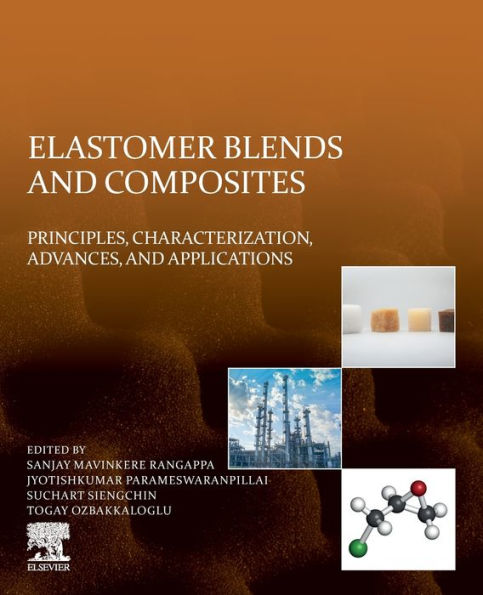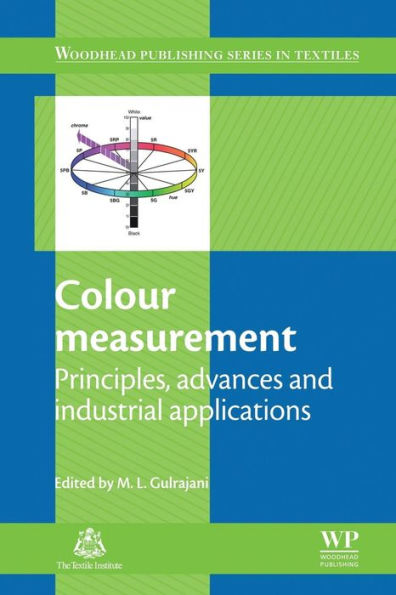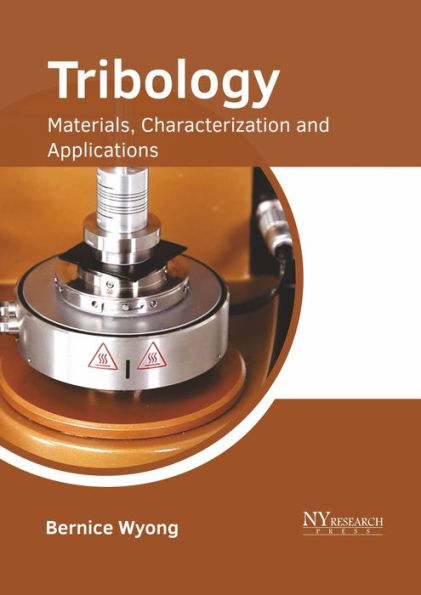Home
Elastomer Blends and Composites: Principles, Characterization, Advances, Applications
Barnes and Noble
Loading Inventory...
Elastomer Blends and Composites: Principles, Characterization, Advances, Applications in Franklin, TN
Current price: $250.00

Barnes and Noble
Elastomer Blends and Composites: Principles, Characterization, Advances, Applications in Franklin, TN
Current price: $250.00
Loading Inventory...
Size: Paperback
Elastomer Blends and Composites: Principles, Characterization, Advances, and Applications
presents the latest developments in natural rubber and synthetic rubber-based blends and nanocomposites, with a focus on current trends, future directions and state-of-the-art applications. The book introduces the fundamentals of natural rubber and synthetic rubbers, outlining synthesis, structure, properties, challenges and potential applications. This is followed by detailed coverage of compounding and formulations, manufacturing methods, and preparation of elastomer-based blends, composites, and nanocomposites. The next section of the book focuses on properties and characterization, examining elasticity, spectroscopy, barrier properties, and rheological, morphological, mechanical, thermal, and viscoelastic behavior, and more.
This is a highly valuable resource for researchers and advanced students in rubber (or elastomer) science, polymer blends, composites, polymer science, and materials science and engineering, as well as engineers, technologists, and scientists working with rubber-based materials for advanced applications.
presents the latest developments in natural rubber and synthetic rubber-based blends and nanocomposites, with a focus on current trends, future directions and state-of-the-art applications. The book introduces the fundamentals of natural rubber and synthetic rubbers, outlining synthesis, structure, properties, challenges and potential applications. This is followed by detailed coverage of compounding and formulations, manufacturing methods, and preparation of elastomer-based blends, composites, and nanocomposites. The next section of the book focuses on properties and characterization, examining elasticity, spectroscopy, barrier properties, and rheological, morphological, mechanical, thermal, and viscoelastic behavior, and more.
This is a highly valuable resource for researchers and advanced students in rubber (or elastomer) science, polymer blends, composites, polymer science, and materials science and engineering, as well as engineers, technologists, and scientists working with rubber-based materials for advanced applications.
Elastomer Blends and Composites: Principles, Characterization, Advances, and Applications
presents the latest developments in natural rubber and synthetic rubber-based blends and nanocomposites, with a focus on current trends, future directions and state-of-the-art applications. The book introduces the fundamentals of natural rubber and synthetic rubbers, outlining synthesis, structure, properties, challenges and potential applications. This is followed by detailed coverage of compounding and formulations, manufacturing methods, and preparation of elastomer-based blends, composites, and nanocomposites. The next section of the book focuses on properties and characterization, examining elasticity, spectroscopy, barrier properties, and rheological, morphological, mechanical, thermal, and viscoelastic behavior, and more.
This is a highly valuable resource for researchers and advanced students in rubber (or elastomer) science, polymer blends, composites, polymer science, and materials science and engineering, as well as engineers, technologists, and scientists working with rubber-based materials for advanced applications.
presents the latest developments in natural rubber and synthetic rubber-based blends and nanocomposites, with a focus on current trends, future directions and state-of-the-art applications. The book introduces the fundamentals of natural rubber and synthetic rubbers, outlining synthesis, structure, properties, challenges and potential applications. This is followed by detailed coverage of compounding and formulations, manufacturing methods, and preparation of elastomer-based blends, composites, and nanocomposites. The next section of the book focuses on properties and characterization, examining elasticity, spectroscopy, barrier properties, and rheological, morphological, mechanical, thermal, and viscoelastic behavior, and more.
This is a highly valuable resource for researchers and advanced students in rubber (or elastomer) science, polymer blends, composites, polymer science, and materials science and engineering, as well as engineers, technologists, and scientists working with rubber-based materials for advanced applications.

















